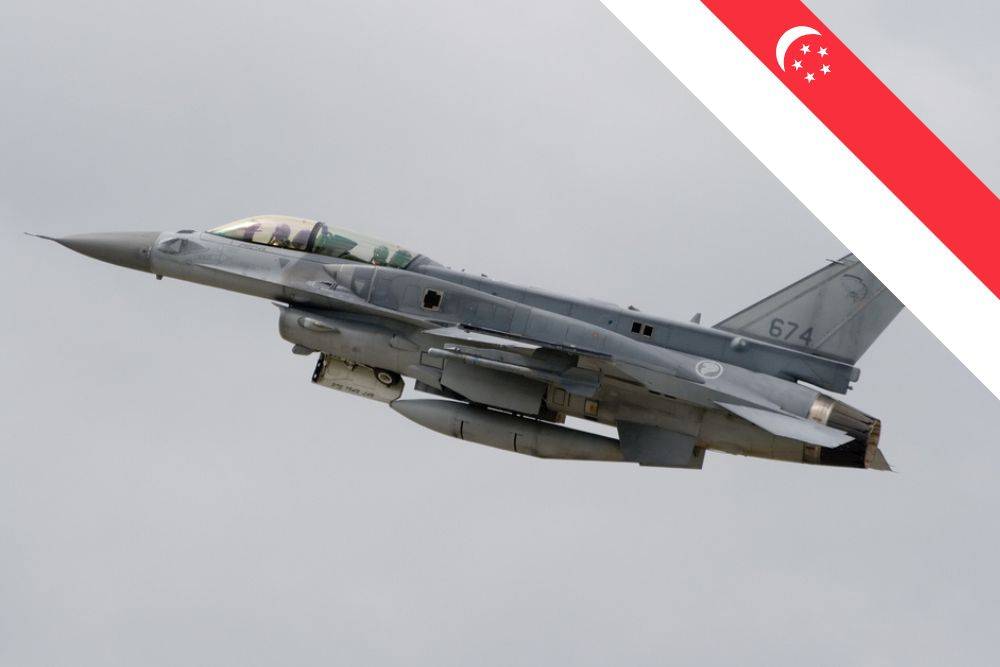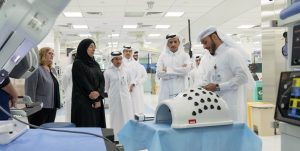An RSAF F-16 fighter jet crashed at Tengah Air Base in Singapore on May 8 after encountering issues during take-off.
The pilot ejected safely but was hospitalised for observation due to potential injuries. Despite having no major injuries, this incident highlights the significant health risks associated with pilot ejection, particularly spinal injuries.
Details of the RSAF Incident
The Ministry of Defence (MINDEF) confirmed that the pilot ejected from the aircraft after encountering “an issue” during take-off. Defence Minister Ng Eng Hen assured the public that the pilot was conscious and ambulant but would remain in hospital for precautionary observation. He also praised the pilot’s adherence to safety procedures, which saved his life.
The RSAF has a credible safety record, and the Defence Minister expressed his disappointment over the incident while emphasising the goal of zero crashes. Investigations are underway to identify and rectify any contributing factors.
Understanding the Health Risks of Ejection
Ejecting from a fighter jet is a measure of last resort, involving significant compressive forces and high wind speeds that can result in severe injuries. The process involves a rocket-propelled seat thrusting the pilot upward and away from the aircraft. During this manoeuvre, the pilot is subjected to approximately 18 g-forces (18 times their body weight), which compresses the spine vertically, particularly affecting the thoracic and lumbar regions.
Spinal Injuries and Fractures
During ejection, the rocket-propelled ejection seat thrusts the pilot upward out of the aircraft. The pilot experiences around 18 g-forces (18 times your bodyweight)! The acceleration from the thrust of the seat, peaking at 140 to 160 m/sec2, compresses the spine vertically, loading the thoracic and lumbar spinal regions seen below.
-
Spinal Fractures
Research indicates that around 20-30% of pilots who eject sustain spinal fractures, often in the thoracolumbar region. These fractures can be stable or unstable, requiring surgical intervention or bracing for recovery.
-
Neck Injuries
The sudden acceleration can cause a pilot’s head to snap forward or backwards, leading to neck injuries or whiplash.
-
Lower Back Fractures
Thoracolumbar fractures frequently occur due to the intense compression of the spine during ejection, with higher accelerations correlating to a greater risk of injury.
Parachute Landing and Other Risks
After ejection, pilots rely on parachutes to land safely. However, landing impacts can cause additional injuries, such as:
-
Ankle Injuries
High-impact landings can lead to ankle fractures or sprains.
-
Leg Fractures
Approximately 12% of pilots who eject suffer fractures in their legs.
-
Parachute Mechanism Failures
Mechanical failures can increase the risk of severe injury, with up to 23% of cases attributed to such incidents.
Mitigating the Risks of Ejection
Research and training aim to minimise the risks associated with ejection:
-
Posture Optimisation
Maintaining a straight posture during ejection can reduce spinal injury risk.
-
Advanced Ejection Seats
Improvements in ejection seat technology enhance survival rates and reduce injury severity.
-
Safety Training
Rigorous training on ejection protocols ensures pilots are well-prepared for emergency situations.
Conclusion
Despite the inherent dangers of ejection, modern ejection seats offer a 92% survival rate, making them a life-saving measure for pilots in dire situations. The recent RSAF incident at Tengah Air Base reminds us of the health risks involved and the importance of comprehensive safety procedures. The bravery of pilots who choose to eject, fully aware of the risks, exemplifies their dedication to dominating the skies while safeguarding their lives.














